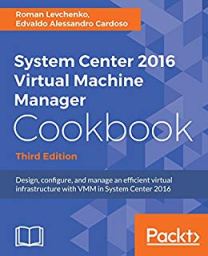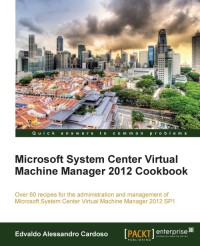Secure in the Cloud
Time has gone when businesses owned their applications, the underlying infrastructure and were also responsible for their own security.
Enterprises from every imaginable sector are transitioning their infrastructure, applications and data into the cloud. Cloud technologies could cut cost and risk, if well planned.
Now as you progressively migrate to cloud you could think that you are safe: You transferred the burden of the IT infrastructure to the cloud service provider (CSP), migrated your applications and the CSP should now be solely responsible for the security. Well, you will need to re-think that.
Recommended: recently, Websense published an whitepaper 2016 Cybersecurity Predictions, which you can check at http://www.websense.com/assets/reports/report-2016-cybersecurity-predictions-en.pdf
Migration of legacy applications continue to be a primary cloud focus, but the development of new applications optimized to operate within cloud environments are getting traction.
Cloud applications will account for 90% of worldwide mobile data traffic by 2019. Source: Cisco Visual Networking Index: Global Mobile Data Traffic Forecast Update, 2014–2019
As we move applications and confidential data to the cloud, security challenges data loss and potential outages will increase – Security should be a consistent and important item on your agenda.

Security in the cloud is a shared responsibility and organisations needs to understand that – In the cloud era, security is not owned solely by one party (CSP or customer). Both, the CSP and the customer are responsible for data security in the cloud.
The image below, extracted from the Microsoft MVA course, illustrates the distributed accountability in adopting the cloud.

You can learn how Microsoft can help you meet global compliance requirements, such as ISO 27001 / 27018, FedRAMP, PCI, and HIPAA, with new security controls ranging from at-rest data encryption, key management, virtual machine protection, logging and monitoring, to anti-malware services, identity management, access controls, and much more by checking out this MVA session at https://mva.microsoft.com/en-US/training-courses/secure-the-cloud-14037?l=lQIkkst0B_5300115881
Image Source: Microsoft MVA



